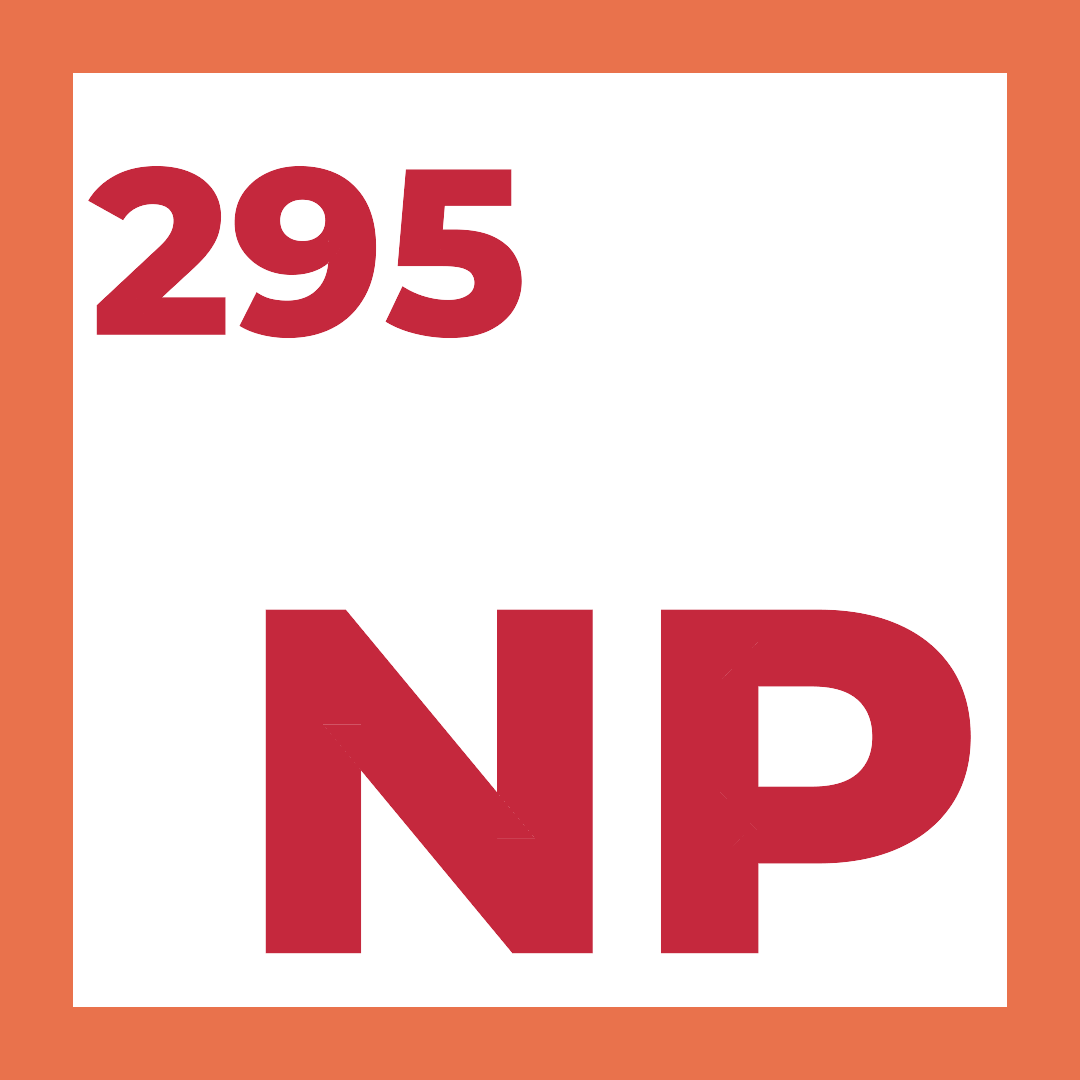
In “Architecting Data Lakehouse Success: A Cohort for CxOs and Tech Leaders,” we embark on an insightful journey through the evolving landscape of data engineering and architecture. This book is a comprehensive exploration, spanning the history, anatomy, and practical application of data lakehouses. It’s designed for technical leaders, architects, and C-suite executives who aim to merge strategic business vision with technical architectural prowess.
Chapter’s Summary
The chapter of the book provides an in-depth analysis of Data Lakehouse technology, focusing on various implementation options such as cloud-managed and self-managed deployments, major cloud platforms like AWS, Azure, and GCP, and key open source tools and commercial solutions. It explores the trade-offs between cloud-managed and self-managed lakehouses, emphasizing the balance between ease of management, scalability, and control. The chapter evaluates cloud platforms based on their storage, processing, querying, and governance capabilities, and delves into the strengths and use cases of open source tools like Delta Lake, Apache Spark, Hive, Presto, and Airflow. Furthermore, it assesses commercial solutions like Databricks, Snowflake, and Microsoft Fabric, highlighting their support, integration, and advanced functionalities while cautioning about potential issues like vendor lock-in and cost.
The chapter emphasizes the importance of aligning the choice of a Data Lakehouse with an organization’s specific data strategy, considering factors like cost, performance, regulatory requirements, and in-house expertise. It suggests a holistic approach, weighing both open source and commercial options to find the right mix of flexibility, scalability, and support. Cloud-managed lakehouses are noted for their ease of use and advanced features, but with higher operational costs and less control, whereas self-managed lakehouses offer more customization and potentially lower long-term costs but require more resources to manage. The chapter concludes by underlining the need for flexibility in technology decisions, allowing organizations to adapt to the evolving data landscape.
Data Lakehouse Evaluation Sheet (Example)
| Criteria | Expected Features | Actual Features | Maturity (0-10) |
|---|---|---|---|
| Deployment Model | Cloud-Managed: Ease of management, scalability, security | – | – |
| Self-Managed: Control, cost predictability, legacy system integration | – | – | |
| Cost Analysis | Initial Investment | – | – |
| Operational Expenses | – | – | |
| Cost-Efficiency | – | – | |
| Scalability and Performance | Data Handling Capacity | – | – |
| Processing Speed | – | – | |
| Resource Allocation | – | – | |
| Data Storage and Management | Storage Options | – | – |
| Data Redundancy and Backup | – | – | |
| Data Encryption and Security | – | – | |
| Data Processing Capabilities | Data Ingestion and ETL | – | – |
| Real-Time Processing | – | – | |
| Framework and Language Support | – | – | |
| Query Performance and Analytics | SQL Query Capabilities | – | – |
| Data Visualization and Reporting | – | – | |
| Analytic Functionality | – | – | |
| Governance, Security, and Compliance | Data Governance Tools | – | – |
| Compliance Standards | – | – | |
| Security Features | – | – | |
| Integration and Ecosystem | Compatibility with Existing Systems | – | – |
| Vendor Ecosystem | – | – | |
| Community and Support | – | – | |
| User Experience and Management | Interface Usability | – | – |
| Deployment and Maintenance | – | – | |
| Training and Documentation | – | – | |
| Customization and Flexibility | Customization Options | – | – |
| Flexibility in Scaling | – | – | |
| Open Standards and Interoperability | – | – |
SWAT Analysis of Microsoft Fabric (Example)
Strengths
- Unified Platform: Integrates various data services, making it ideal for cohesive data management.
- Cloud-Based Efficiency: Offers scalability, flexibility, and reduced infrastructure needs.
- Integration with Microsoft Ecosystem: Smooth interoperability with existing Microsoft services.
Weaknesses
- Complexity for New Users: Steeper learning curve for teams unfamiliar with Microsoft ecosystem.
- Potential for Vendor Lock-in: High dependency on Microsoft for key operations.
- Cost Structure: Costs can escalate with increased usage, particularly for large-scale operations.
Opportunities
- Growing Cloud Market: As more organizations move to the cloud, Microsoft Fabric’s offerings become increasingly relevant.
- Integration with Emerging Technologies: Potential to integrate with AI, ML, and advanced analytics services.
Threats
- Competition from Other Cloud Providers: Strong competition from AWS, GCP, and other emerging cloud platforms.
- Rapid Technological Changes: The fast pace of technological advancements could require frequent updates and adaptations.
This evaluation sheet and SWAT analysis should aid in making an informed decision regarding the selection and implementation of a Data Lakehouse solution, tailored to your organization’s specific needs and strategic goals.
Structured approach for Product Managers and Business Analysts
| Title | Goal |
|---|---|
| Assess Cloud-Managed Solutions | Analyze various cloud-managed lakehouse options including AWS, Azure, GCP, focusing on scalability, cost, and ease of management. |
| Review Self-Managed Solutions | Evaluate self-managed deployment models, considering control, customization, and integration with existing infrastructure. |
| Compare Storage Solutions | Evaluate storage services (AWS S3, Azure Data Lake Storage, Google Cloud Storage) for data lakehouse implementations. |
| Assess Data Processing Services | Analyze data processing services like AWS EMR, Azure Databricks, Google Dataproc for their capabilities in handling data lakehouse workloads. |
| Explore Ecosystem Tools | Evaluate open-source tools such as Apache Spark, Delta Lake, Apache Hive, and their roles in the lakehouse architecture. |
| Performance and Scalability Analysis | Analyze performance and scalability of key open-source tools, determining their suitability for various data workloads. |
| Review Proprietary Platforms | Examine solutions like Databricks, Snowflake, Microsoft Fabric, focusing on support, integration, and advanced functionalities. |
| Cost and Vendor Analysis | Evaluate the cost implications and potential vendor lock-in issues associated with commercial lakehouse solutions. |
| Aligning Technology with Business Strategy | Ensure the chosen lakehouse technology aligns with organizational goals and data strategies. |
| Future-proofing and Flexibility | Assess how different lakehouse technologies allow for future growth and adaptability. |
| Security Features Assessment | Evaluate security measures and compliance standards across different lakehouse options. |
| Governance Tool Analysis | Analyze data governance capabilities in both open-source and commercial tools. |
| Legacy System Integration | Assess the ease of integrating lakehouse solutions with existing legacy systems. |
| Vendor Ecosystem Strength | Evaluate the strength and support of the vendor ecosystem for each solution. |
Available at Amazon
- US: https://www.amazon.com/dp/B0CR71D58S
- UK: https://www.amazon.co.uk/dp/B0CR71D58S
- IN: https://www.amazon.in/dp/B0CR71D58S
- DE: https://www.amazon.de/dp/B0CR71D58S
- FR: https://www.amazon.fr/dp/B0CR71D58S
- ES: https://www.amazon.es/dp/B0CR71D58S
- IT: https://www.amazon.it/dp/B0CR71D58S
- NL: https://www.amazon.nl/dp/B0CR71D58S
- JP: https://www.amazon.co.jp/dp/B0CR71D58S
- BR: https://www.amazon.com.br/dp/B0CR71D58S
- CA: https://www.amazon.ca/dp/B0CR71D58S
- MX: https://www.amazon.com.mx/dp/B0CR71D58S
- AU: https://www.amazon.com.au/dp/B0CR71D58S
Disclaimer
The views expressed on this site are personal opinions only and have no affiliation. See full disclaimer, terms & conditions, and privacy policy. No obligations assumed.
